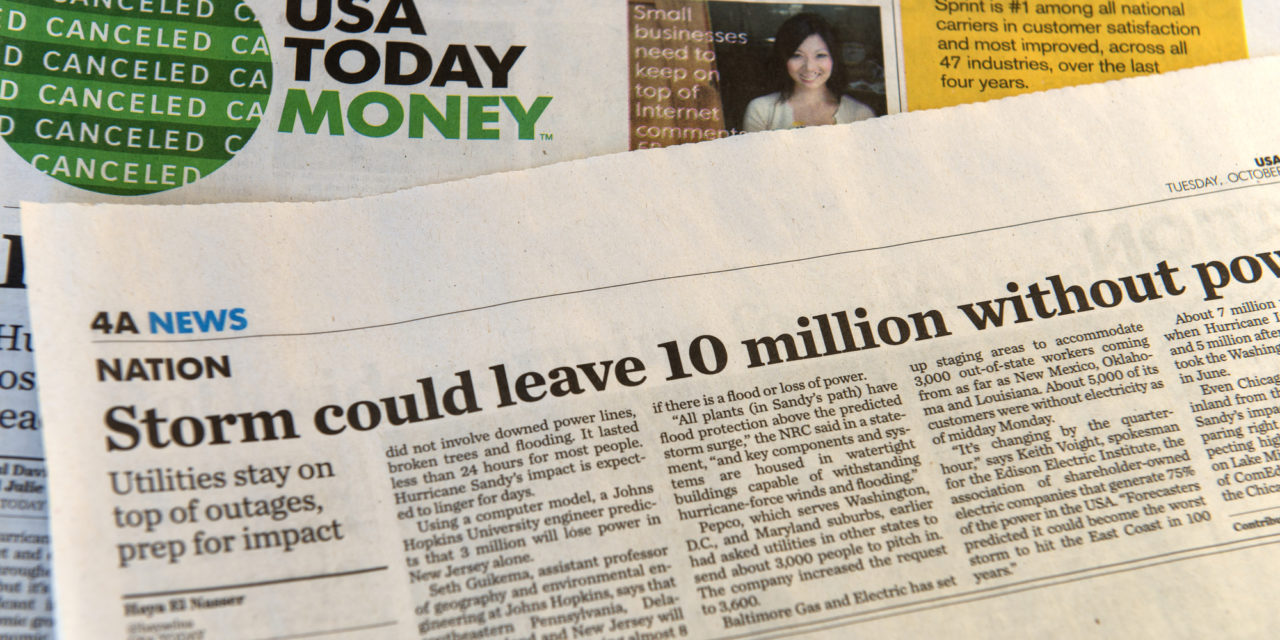By Brian Libby
According to a recent report by Hexa Research, the US solar energy market is expected to reach $22.9 billion by 2025. Today’s photovoltaic (PV) panels are vastly more efficient than the first silicon-based PV cells developed in the 1950s. And over the past 15 years, China has become a major global manufacturer of solar panels, helping prices to drop to affordable levels. Only in recent years, however, have new technologies that integrate solar battery storage into home solar installations made the leap to fully meeting homeowners’ needs.
The US government introduced solar tax credits in 2006, which created a boom in the residential solar industry. The program was initially set to expire in 2016, but Congress has since extended the credit through 2022, and now (at a reduced rate) through 2024.
All the while, PV panels were waiting for their partner. Solar battery storage is not just a way to hold electricity for an emergency or later use, but a crucial regulator of solar power. That’s why investing in solar panels today is almost unthinkable without solar batteries. The US solar battery market was valued at $16.9 million in 2020, and is projected to reach $37.7 million by 2030. Quite simply, a battery completes your PV system.
Why Do You Need Solar Battery Storage?
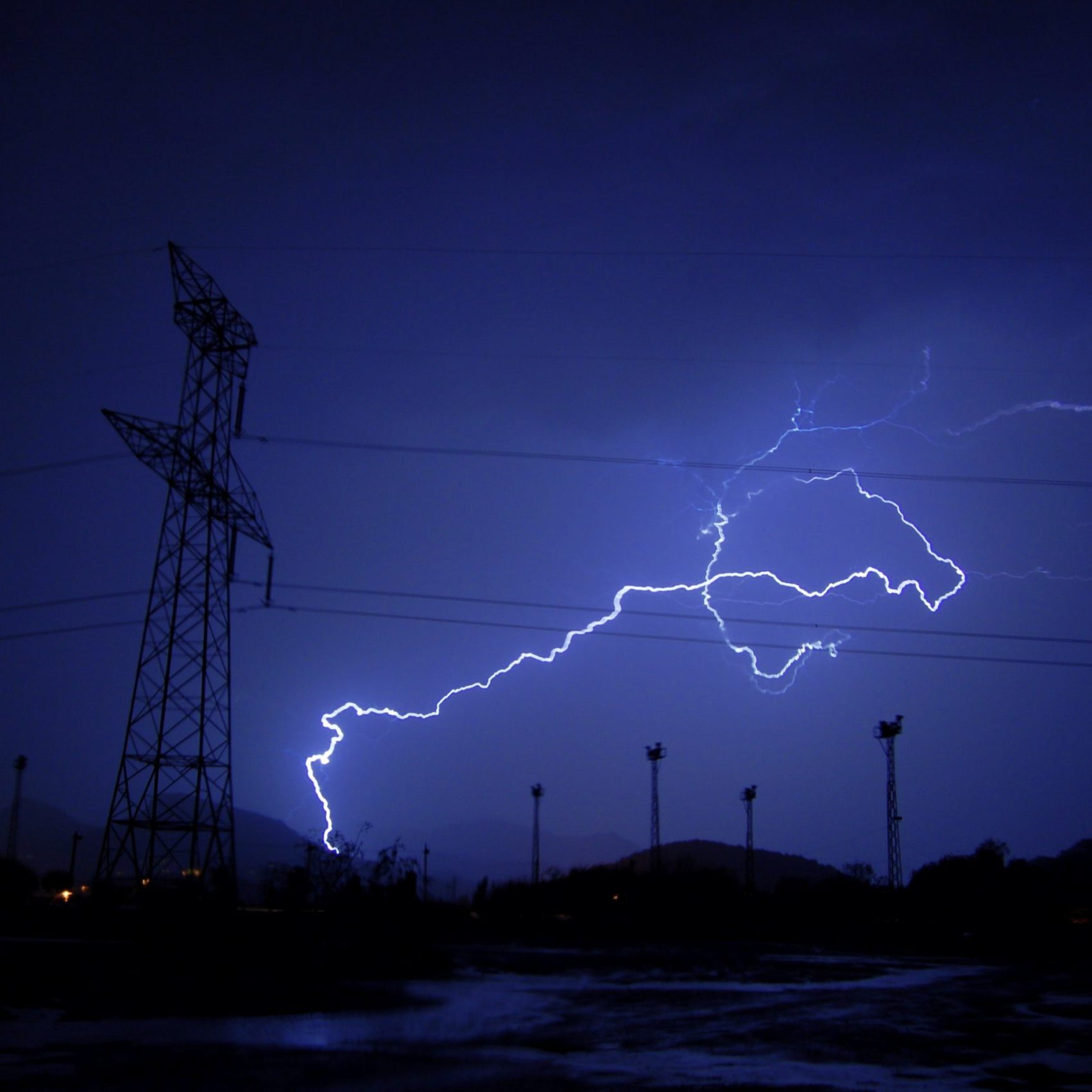
Reason 1: Resilience
To use your solar system as a backup in times of power failure, you need a battery. Many, if not most, homeowners purchasing solar panels assume, incorrectly, that PVs will provide power in an outage. But when PV panels are tied to the utility’s power grid, the grid acts as a regulator. Without the grid, a home’s panels have nowhere to send excess energy, so the PV system shuts down.
A solar battery provides the missing piece: the regulator for the system’s power that optimizes energy production to fit your home’s needs. When—not if—the power goes out, essentials like refrigeration, heat, pumps, and lights stay on and your cell phone can charge.
When your home’s power has gone out and no other option exists, gas generators can be lifesavers. As the engine roars to life, your TV and AC come back on. But let’s face it: generators are loud, expensive, high-maintenance, and bad for the planet. Solar batteries can make gas-powered generators look like hand-crank automobiles: clunky, loud, smelly, and antiquated. Solar battery storage meets the same urgent need—keeping the electricity going during an outage—but more quietly and reliably, with less harm to the planet.
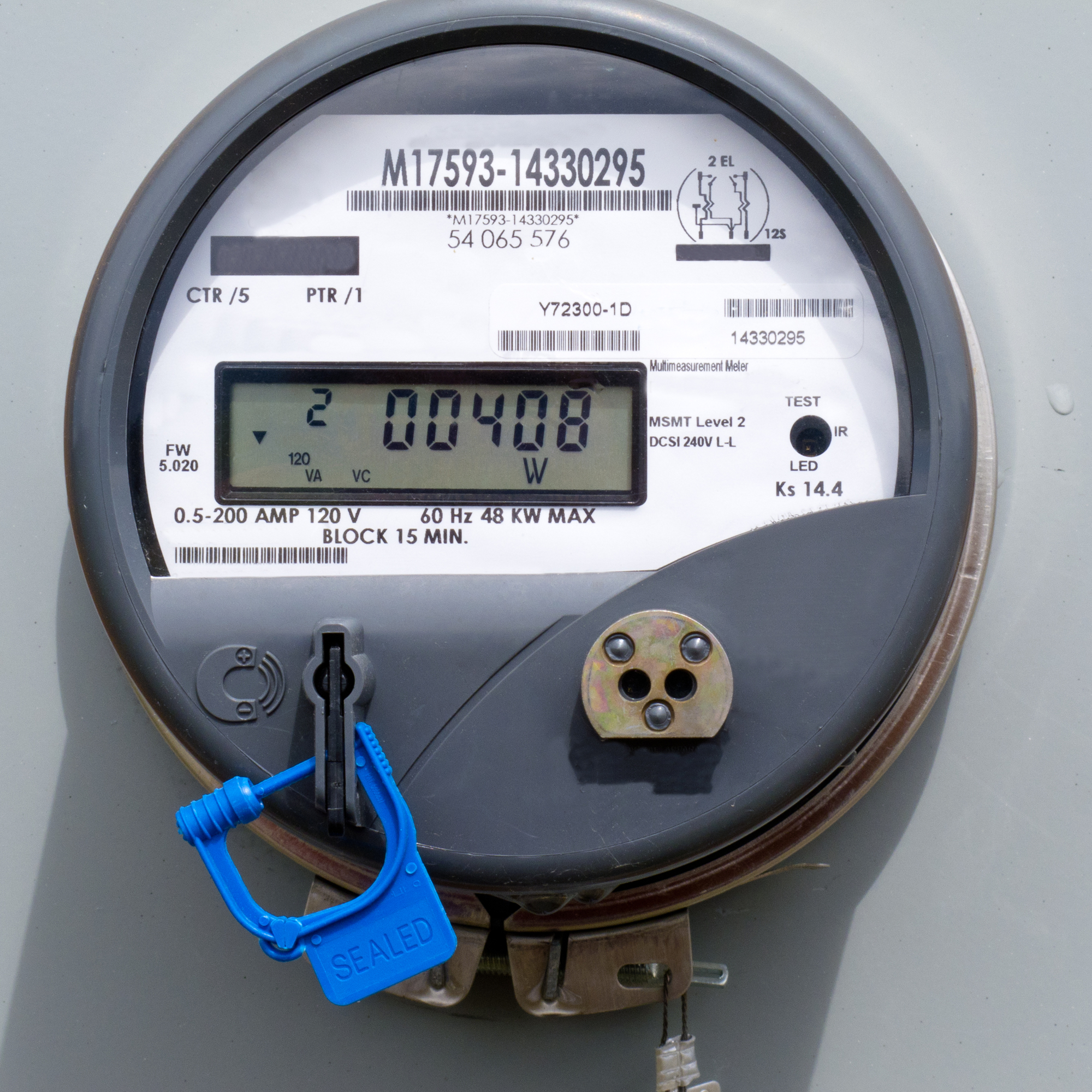
Reason 2: Reduced Energy Costs
Not all electricity costs the same everywhere. Some homeowners pay a flat rate for all of the electricity they consume; or a tiered rate if they go over a threshold during the billing period. Then there are time-of-use (TOU) rates.
When we are all home running our computers and TVs, kitchen appliances, and AC during what are known as “peak hours” (generally late afternoon to late evening), the price of electricity rises. It makes sense that utilities motivate us to shift our energy use to other times of the day to avoid stressing the utility’s grid. You may have seen commercials that ask you to turn up your thermostat during hot times of the year or run the washer and dryer at a later hour.
By drawing your home’s electricity from the solar battery during peak hours, you can basically avoid those high TOU electricity rates. These savings add up and relatively quickly, pay you back for the cost of the battery.
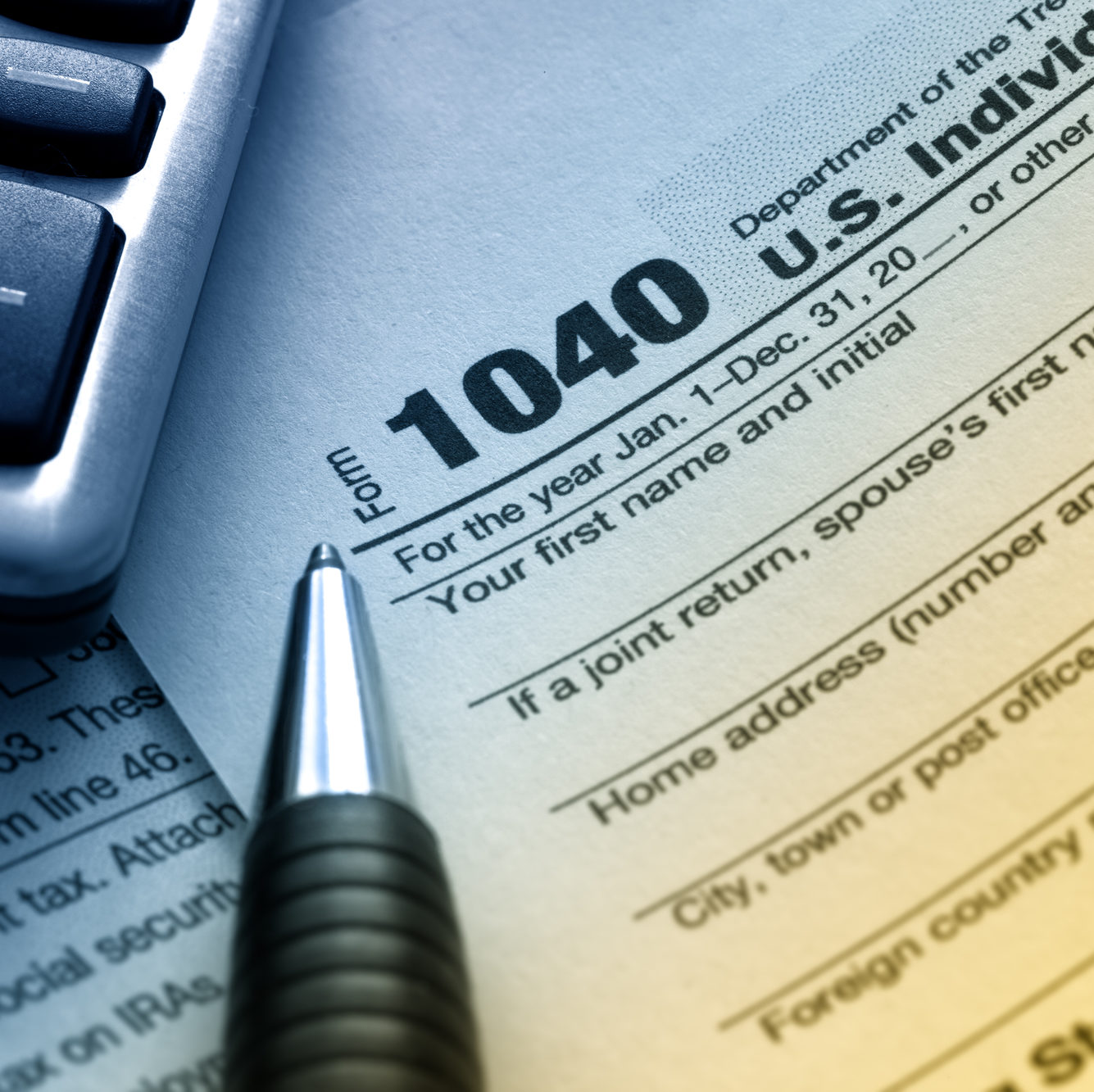
Reason 3: Tax Incentives
The federal investment tax credit (ITC), also known as the federal solar tax credit, allows any US resident to subtract 26 percent of the cost of installing solar panels on their homes from their federal tax bill. Many fail to realize it, but this same tax credit applies to solar battery storage as well. The battery must connect to an on-site renewable resource (solar, wind, etc.) and charge exclusively from that renewable source of energy (not from the grid). The owner of the solar system receives the federal solar tax credit, which won’t help homeowners signing a solar system lease or power-purchase agreement.
Beyond federal tax credits, every US state offers some type of rebate or incentive to purchase PV panels and batteries. Consult the DSIRE database for easily searchable information on the financial incentives in each state.

Reason 4: Monitoring and Control
Information is king. With the monitoring and control that many battery backup systems offer, you can maximize your cost savings, benefits to the planet, and emergency preparedness. System dashboards show how the savings add up! Maybe you spot periods of high power usage. Then perhaps it’s time to replace an older appliance or shore up your weatherization. Understanding how your home operates gives you the power to make informed decisions.
Look for battery systems that come with different modes to let you optimize for what matters most to you. A “cost saving” mode charges the solar battery during the day, even letting you consume electricity from the grid; then uses battery power during times of highest TOU rates, typically in the evening. You may opt to charge the battery from the grid during the times when power is least expensive.
To prepare for grid failures look for a “storm mode,” which keeps the battery from draining at all; so it’s fully charged when the grid goes down. You can also choose to use only the electricity that comes from your own system: your home is powered by the PV panels and battery until they’re depleted and only uses grid-based power as a last resort.

Reason 5: Collective Resilience
If you own solar panels or are considering installing them (especially if you’re a fan of Elemental Green), it’s likely you’re motivated as a friend of the planet. One of the best reasons to choose a PV-and-solar-battery system is to help stabilize the nation’s electrical systems. Solar battery storage smoothes out the peaks and valleys of electrical demand. A more decentralized power grid is inherently more sustainable in the broadest senses: ecological, practical, and equitable.
During periods of very high peak demand, most states fire up peaker plants. These power-generating systems run only in times of excessively high demand. Because they usually burn natural gas, peaker plants emit CO2 along with dangerous air pollution and particulates that contribute to poor local air quality and harm public health. The more than 1,000 fossil fuel peaker plants across the country are most often located in or near mostly low-income communities and communities of color.
Whether it’s in our lifetimes, our children’s time, or our grandchildren’s generation, the world will turn away from fossil fuels. What was traditionally known as alternative energy is already becoming the norm. And a complete PV-and-solar-battery-storage system is a step in that revolution.
Vendor Resources

The company best known for its electric cars, Tesla has become a major player in the solar battery market. The Tesla Powerwall lithium-ion battery system was introduced in 2015. For greater demand, the Powerwall can be upgraded to add capacity.
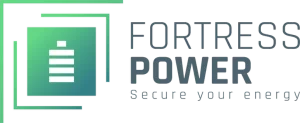
Fortress Power brings a variety of batteries to the market: the eFlex and eVault, as well as the eSpire energy storage system.
![]()
SimpliPhi Power offers both individual solar batteries through its Boss series, or a fully-integrated self-monitoring energy storage and management system.

Legacy electronics companies like Panasonic are entering the residential market. Panasonic’s HIT solar panels can be paired with its EverVolt battery storage system.

Enphase IQ series batteries are built with what the company calls a “distributed architecture platform.” This modular microinverter design allows for easy expansion and enhances resilience.
![]()
With more than 35 years of experience, SunPower offers both trust and performance. The Maxeon solar cell and SunVault battery are part of the integrated Equinox system.

Leave it to Germany’s Sonnen to beat out even Tesla when it comes to the sleekest-looking solar battery system, the SonnenCore. Sonnen also features something more sustainable: batteries that are 100 percent recyclable.
LEARN MORE ABOUT HOME ENERGY OPTIONS IN OUR CURATED OVERVIEW OF RENEWABLE ENERGY, SPONSORED BY SUNPOWER.
Some of the links in this article are affiliate links, meaning at no additional cost to you, we will earn a commission if you click through and make a purchase. Thank you for helping us continue to bring you great content.


